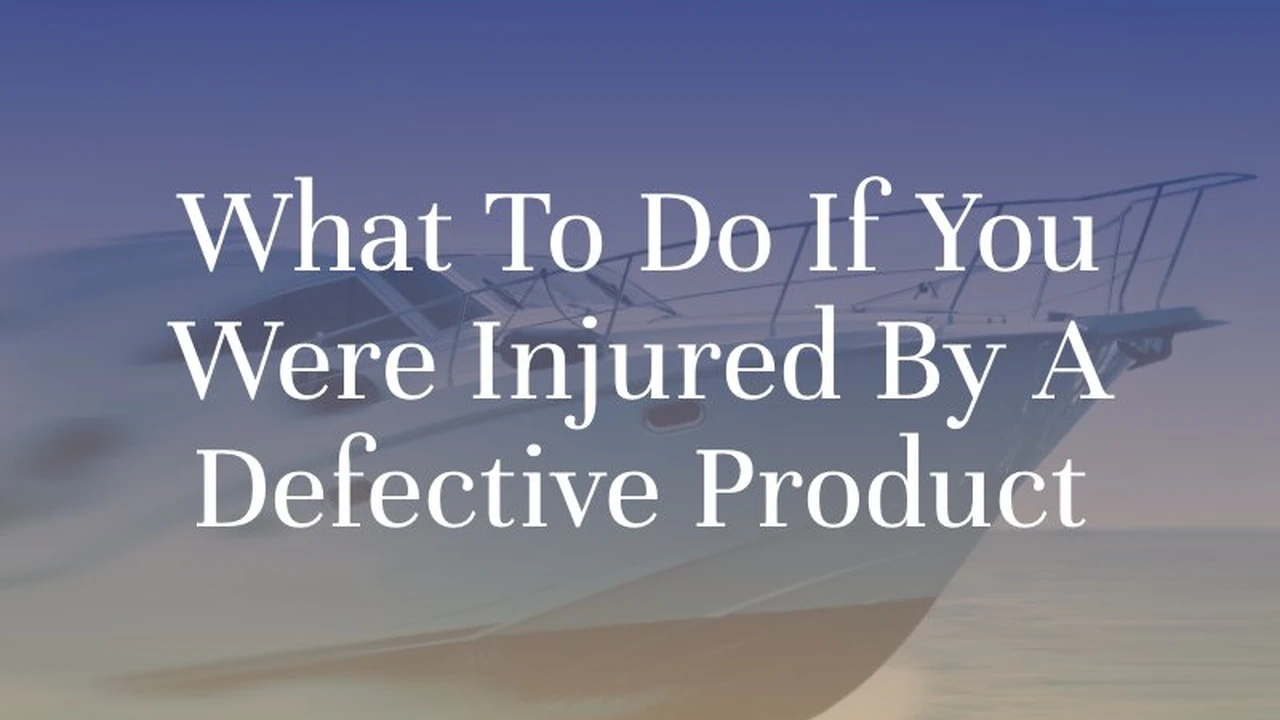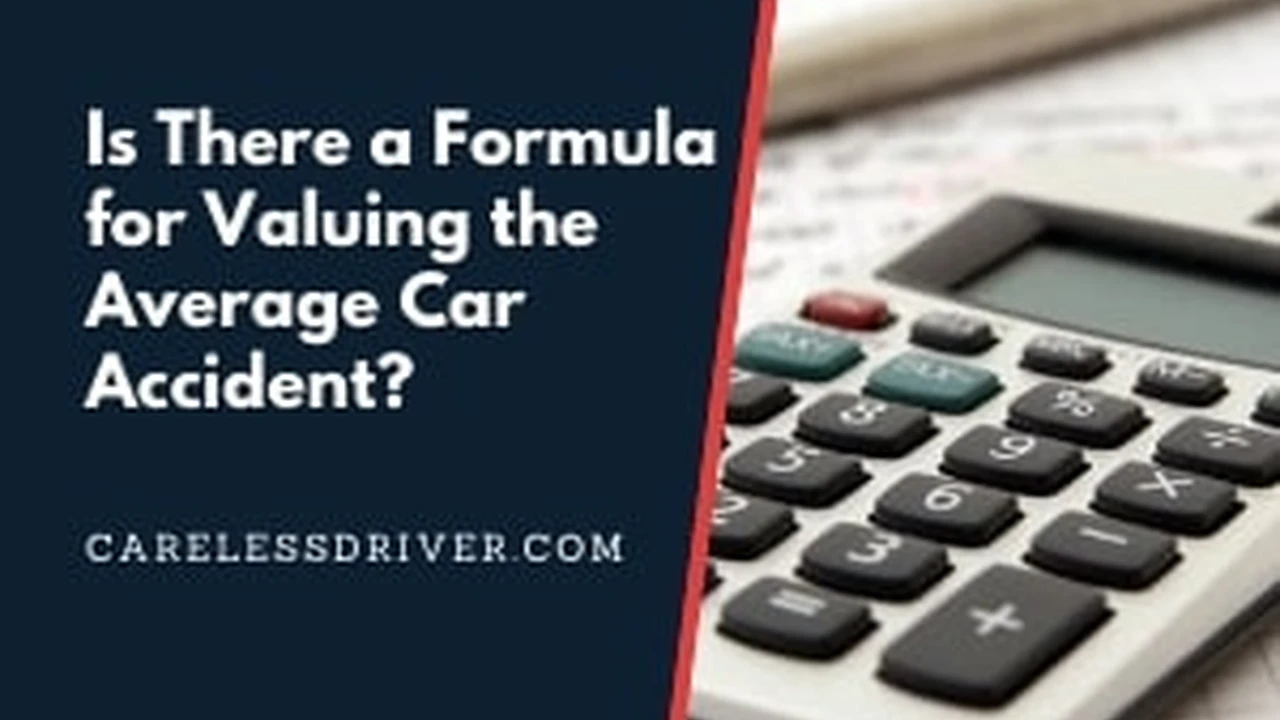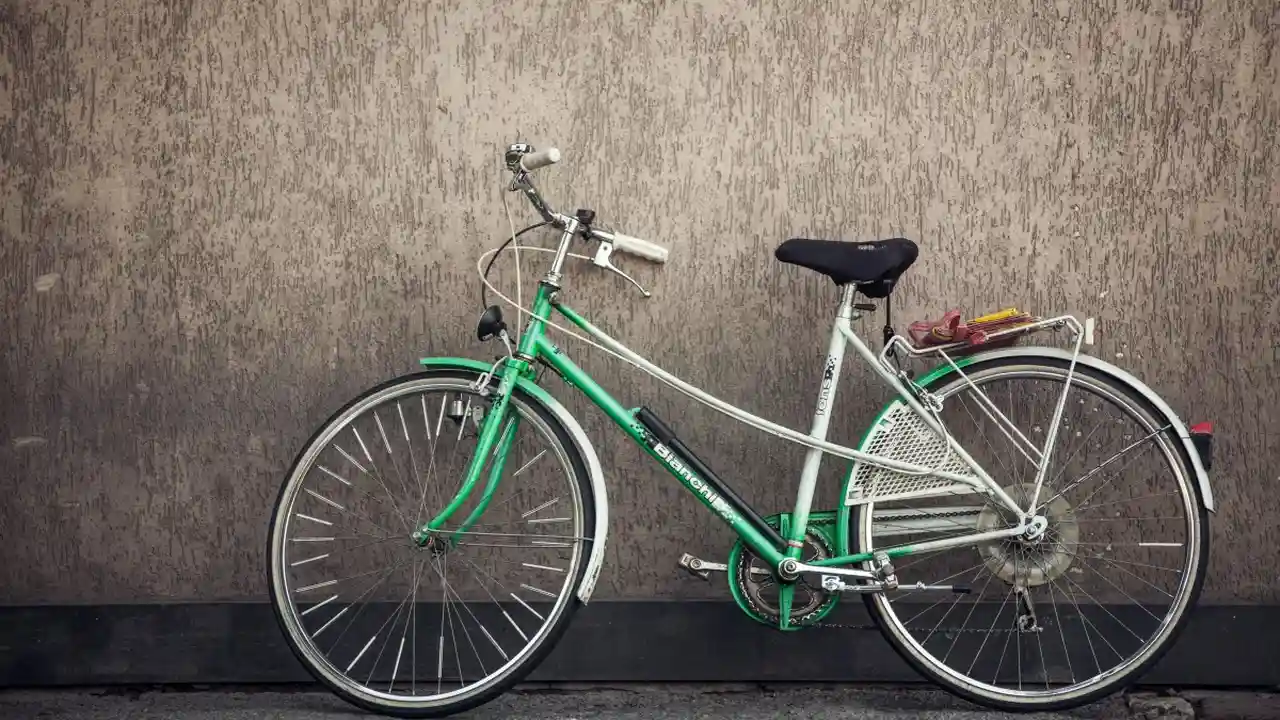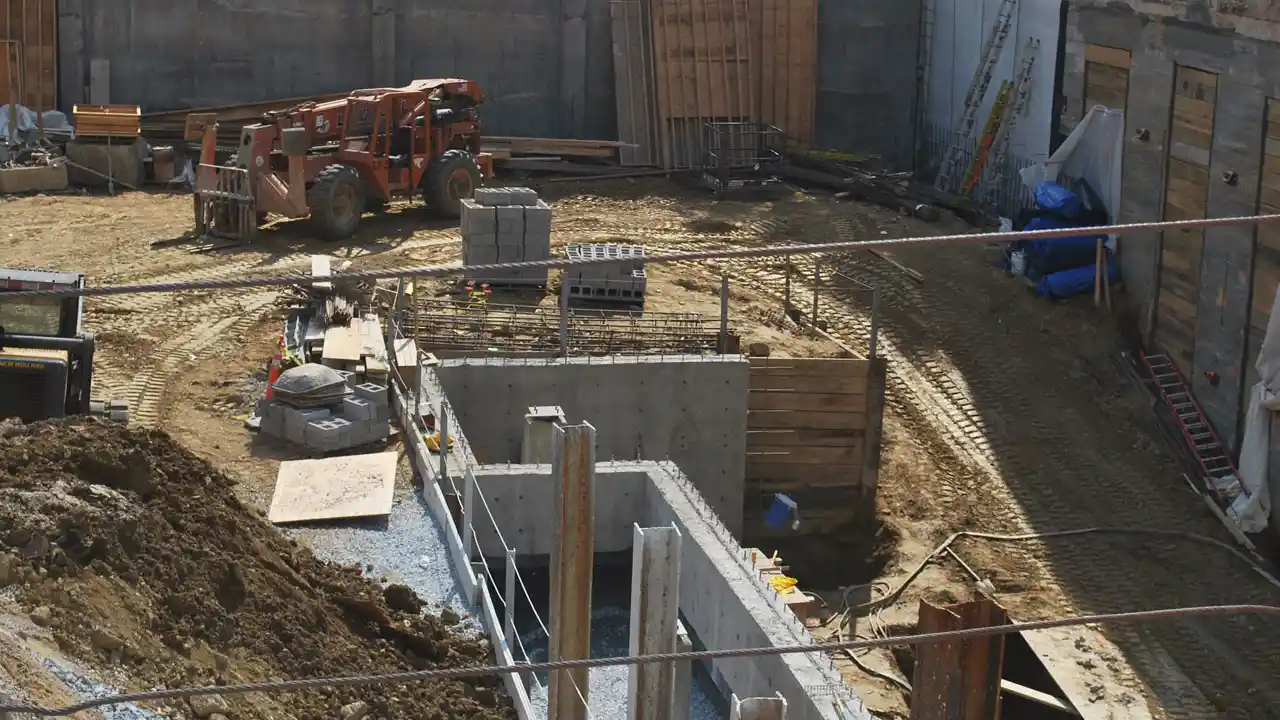5 Key Elements of a Slip and Fall Case
Understand the 5 crucial elements needed to prove negligence in a slip and fall personal injury case.
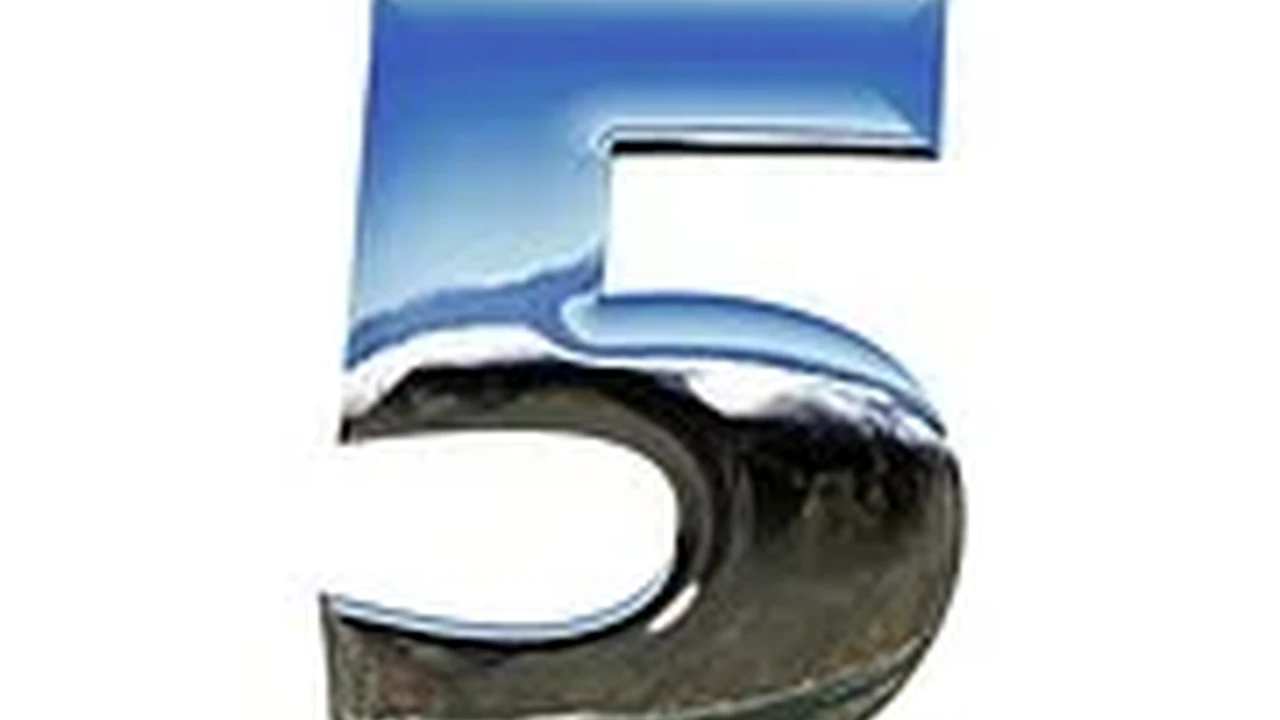
Understand the 5 crucial elements needed to prove negligence in a slip and fall personal injury case. Slip and fall accidents can happen anywhere – in a grocery store, on a public sidewalk, at a friend's house, or even at your workplace. While some falls are just clumsy mishaps, many are the direct result of someone else's negligence. If you've been injured in a slip and fall, you might be wondering if you have a case. This comprehensive guide will walk you through the five key elements you need to prove to establish negligence and pursue a successful personal injury claim.
Understanding Negligence in Slip and Fall Cases
Before we dive into the five elements, let's briefly define negligence. In personal injury law, negligence refers to a failure to exercise the care that a reasonably prudent person would exercise in similar circumstances. When it comes to slip and fall cases, this usually means a property owner or manager failed to maintain their property in a safe condition, leading to your injury.Element 1 Duty of Care The Property Owners Responsibility
What is a Property Owner's Duty of Care
The first and most fundamental element you must prove is that the property owner owed you a duty of care. This means they had a legal obligation to ensure their property was reasonably safe for visitors. The extent of this duty often depends on your status as a visitor:- Invitees: These are people invited onto the property for the owner's business benefit, like customers in a store or guests at a hotel. Property owners owe the highest duty of care to invitees, meaning they must regularly inspect the premises for hazards and either fix them or warn visitors about them.
- Licensees: These are people on the property with the owner's permission but not for business purposes, such as social guests or delivery people. Owners must warn licensees of known dangers but generally aren't required to actively search for them.
- Trespassers: These are people on the property without permission. Generally, property owners owe trespassers the lowest duty of care, usually just to avoid intentionally harming them. However, exceptions exist, especially for child trespassers (attractive nuisance doctrine).
Establishing Duty of Care in Different Scenarios
Let's consider some practical examples. If you slip on a spilled drink in a supermarket (an invitee), the store owner has a high duty to keep the aisles clean. If you trip on a broken step at a friend's house (a licensee), your friend has a duty to warn you if they knew about the broken step. Understanding your visitor status is crucial for establishing this first element.Element 2 Breach of Duty When Safety Standards Are Ignored
Defining Breach of Duty in Slip and Fall Incidents
Once you've established that the property owner owed you a duty of care, the next step is to prove they breached that duty. A breach occurs when the property owner fails to act as a reasonably prudent person would have in similar circumstances. This could involve:- Failing to clean up a spill within a reasonable time.
- Not repairing a known hazard, like a broken stair or uneven pavement.
- Failing to provide adequate warnings about a dangerous condition (e.g., 'wet floor' signs).
- Poor lighting in a stairwell or parking lot.
- Neglecting to maintain the property, leading to deteriorated conditions.
Examples of Breach of Duty and Evidence
Imagine you slipped on ice outside a store. A breach of duty might be proven if the store had ample time to clear the ice or salt the area but failed to do so. Evidence here could include surveillance footage showing the ice present for hours, witness statements, or internal store policies regarding ice removal that were not followed.Element 3 Causation The Direct Link Between Negligence and Injury
Establishing Factual and Proximate Causation
This element is critical: you must prove that the property owner's breach of duty directly caused your injury. This involves two types of causation:- Factual Causation (Cause-in-Fact): Often referred to as the 'but for' test. 'But for' the defendant's negligent act, would the injury have occurred? If the answer is no, then factual causation exists. For example, 'but for' the spilled milk not being cleaned, you would not have slipped and broken your arm.
- Proximate Causation (Legal Cause): This is about foreseeability. Was the injury a reasonably foreseeable consequence of the defendant's negligent act? If a store leaves a banana peel on the floor, it's foreseeable that someone might slip. If, however, a meteor suddenly crashes through the roof immediately after you slip, causing further injury, the meteor might break the chain of proximate causation for the additional injury.
Gathering Evidence for Causation
To prove causation, you'll need strong evidence linking the hazard to your fall and your fall to your injuries. This includes:- Photographs or videos of the hazard immediately after the fall.
- Witness statements confirming the hazard and your fall.
- Medical records detailing your injuries and linking them to the fall.
- Expert testimony, if necessary, to explain how the hazard caused your specific injuries.
Element 4 Damages Quantifying Your Losses
Types of Damages in Slip and Fall Cases
Even if you prove the first three elements, you won't have a successful personal injury claim unless you can demonstrate that you suffered actual damages as a result of your injury. Damages are the monetary compensation you seek for your losses. These can be categorized as:- Economic Damages: These are quantifiable financial losses, such as:
- Medical bills (past and future)
- Lost wages (past and future)
- Loss of earning capacity
- Rehabilitation costs
- Property damage (e.g., broken glasses, phone)
- Non-Economic Damages: These are more subjective and harder to quantify but are crucial for compensating you for your suffering, including:
- Pain and suffering
- Emotional distress
- Loss of enjoyment of life
- Disfigurement or scarring
- Loss of consortium (impact on marital relationship)
Documenting Your Damages for a Strong Claim
Thorough documentation is key here. Keep all medical bills, receipts for prescriptions, records of missed work, and any other financial statements related to your injury. A personal injury lawyer can help you calculate the full extent of your damages, including future losses that might not be immediately apparent.Element 5 Absence of Comparative or Contributory Negligence Your Role in the Accident
Understanding Comparative and Contributory Negligence Laws
This element isn't about what you *must* prove, but rather what the defense *might* try to prove against you. Many jurisdictions operate under either comparative or contributory negligence laws. These laws determine how your own fault in the accident might affect your ability to recover damages.- Contributory Negligence (e.g., Maryland, Virginia, Alabama, North Carolina, Washington D.C.): If you are found to be even 1% at fault for your accident, you are completely barred from recovering any damages. This is a very harsh rule.
- Pure Comparative Negligence (e.g., California, Florida, New York): You can recover damages even if you are mostly at fault, but your compensation will be reduced by your percentage of fault. For example, if you are 80% at fault and your damages are $10,000, you would still recover $2,000.
- Modified Comparative Negligence (e.g., Texas, Georgia, Colorado, many other states): This is the most common system. You can recover damages as long as your fault does not exceed a certain percentage (usually 50% or 51%). If you are found to be 50% or 51% or more at fault, you recover nothing. If you are less than that, your damages are reduced by your percentage of fault.
Defending Against Claims of Your Own Negligence
The property owner's defense will often try to argue that you were distracted, not paying attention, or wearing inappropriate footwear. Your lawyer will work to counter these arguments by demonstrating that you were acting reasonably and that the primary cause of the accident was the property owner's negligence. For instance, if you were looking at your phone, but the hazard was completely obscured and unavoidable, your lawyer would argue your distraction was not the primary cause.Practical Steps After a Slip and Fall Accident
If you've experienced a slip and fall, taking immediate action can significantly strengthen your personal injury claim. Here are some crucial steps:- Seek Medical Attention: Your health is paramount. Even if you feel fine, some injuries (like concussions or soft tissue damage) might not be immediately apparent. A medical record also creates an official link between the fall and your injuries.
- Report the Incident: If it happened in a business, report it to the manager or owner immediately. Ask for an incident report and get a copy.
- Document the Scene: If possible and safe, take photos and videos of the hazard that caused your fall, the surrounding area, and any warning signs (or lack thereof). Note the lighting, weather conditions, and anything else relevant.
- Gather Witness Information: If anyone saw your fall, get their names and contact information. Their testimony can be invaluable.
- Preserve Evidence: Keep the shoes and clothing you were wearing. Do not wash them, as they might contain evidence.
- Limit Communication: Do not give recorded statements to insurance companies without consulting a lawyer. Do not post about the accident on social media.
- Contact a Personal Injury Lawyer: An experienced lawyer can help you navigate the complexities of slip and fall law, gather evidence, negotiate with insurance companies, and ensure you meet all deadlines.
Specific Products and Scenarios for Slip and Fall Prevention and Claims
While this article focuses on the legal aspects, understanding common hazards and preventative measures can also inform your claim. Here are some product categories and scenarios often involved in slip and fall cases:Anti-Slip Floor Treatments and Coatings
Many businesses and homeowners use anti-slip treatments to enhance safety. If a property owner failed to use or maintain these, it could be a point of negligence.- Product Example 1: Sure Step Non-Slip Floor Treatment
- Description: A chemical treatment that creates a microscopic tread on mineral surfaces (tile, concrete, porcelain) to increase traction when wet. It's not a coating, so it doesn't change the appearance of the floor.
- Usage: Commonly used in commercial kitchens, restrooms, pool decks, and industrial facilities.
- Comparison: More durable than temporary anti-slip mats, less visible than abrasive strips. Requires professional application and periodic re-application.
- Price: Varies significantly based on area and professional application, but typically ranges from $1-$3 per square foot for materials and application.
- Product Example 2: Rust-Oleum Anti-Skid Additive
- Description: A fine, granular additive that can be mixed into paints, sealers, or clear coats to create a textured, slip-resistant surface.
- Usage: Ideal for painted concrete floors, ramps, stairs, and decks where a slightly rougher finish is acceptable.
- Comparison: DIY-friendly and cost-effective for smaller areas. Can alter the aesthetic of the surface more than invisible treatments.
- Price: Around $15-$30 for a small container, enough for several gallons of paint/sealer.
Warning Signs and Safety Cones
The absence or improper placement of warning signs is a frequent factor in slip and fall claims.- Product Example 1: Rubbermaid Commercial Products 'Wet Floor' Sign
- Description: Standard yellow, A-frame sign with clear 'CAUTION WET FLOOR' messaging in multiple languages. Highly visible.
- Usage: Essential for any business after mopping, spills, or during inclement weather.
- Comparison: Durable, foldable for storage, and universally recognized. Crucial for demonstrating a property owner's attempt to warn visitors.
- Price: $15-$30 per sign.
- Product Example 2: JBC Safety Plastic Traffic Cone (28-inch)
- Description: Bright orange, highly visible cone often used with caution tape or 'wet floor' toppers.
- Usage: For larger hazard areas, outdoor spills, or construction zones.
- Comparison: More robust than A-frame signs, better for delineating larger dangerous areas.
- Price: $20-$40 per cone.
Entrance Matting Systems
Proper matting at entrances can significantly reduce slips caused by tracked-in moisture and debris. Failure to provide or maintain adequate mats can be a breach of duty.- Product Example 1: WaterHog Classic Entrance Mat
- Description: High-performance mat designed to trap water and dirt, featuring a unique 'waffle' pattern and rubber backing to prevent shifting.
- Usage: Commercial building entrances, lobbies, high-traffic areas.
- Comparison: Superior water absorption and durability compared to standard carpet mats. Crucial for preventing slips on wet floors.
- Price: $50-$200+ depending on size.
- Product Example 2: Andersen Company Hog Heaven Anti-Fatigue Mat
- Description: While primarily for anti-fatigue, these mats also offer excellent traction and are often used in areas where employees stand for long periods, but also where spills are common (e.g., behind a bar, industrial workstations).
- Usage: Kitchens, industrial settings, service counters.
- Comparison: Offers both slip resistance and comfort. Important for employee safety and can prevent falls in specific work environments.
- Price: $70-$300+ depending on size and thickness.
:max_bytes(150000):strip_icc()/277019-baked-pork-chops-with-cream-of-mushroom-soup-DDMFS-beauty-4x3-BG-7505-5762b731cf30447d9cbbbbbf387beafa.jpg)



